If you’re dreaming of lush forests, wild mountains, and a genuine connection with nature, then Romania should definitely be on your radar. From the rolling hills of Transylvania to the pristine wetlands of the Danube Delta, Romania offers a rich palette of eco-tourism experiences. In this guide, we’ll explore what eco-tourism means in Romania, how you can travel on Romania Short-Stay Tourist eVisa, and what to expect when you dive into its green destinations—so you’re well prepared for your adventure.
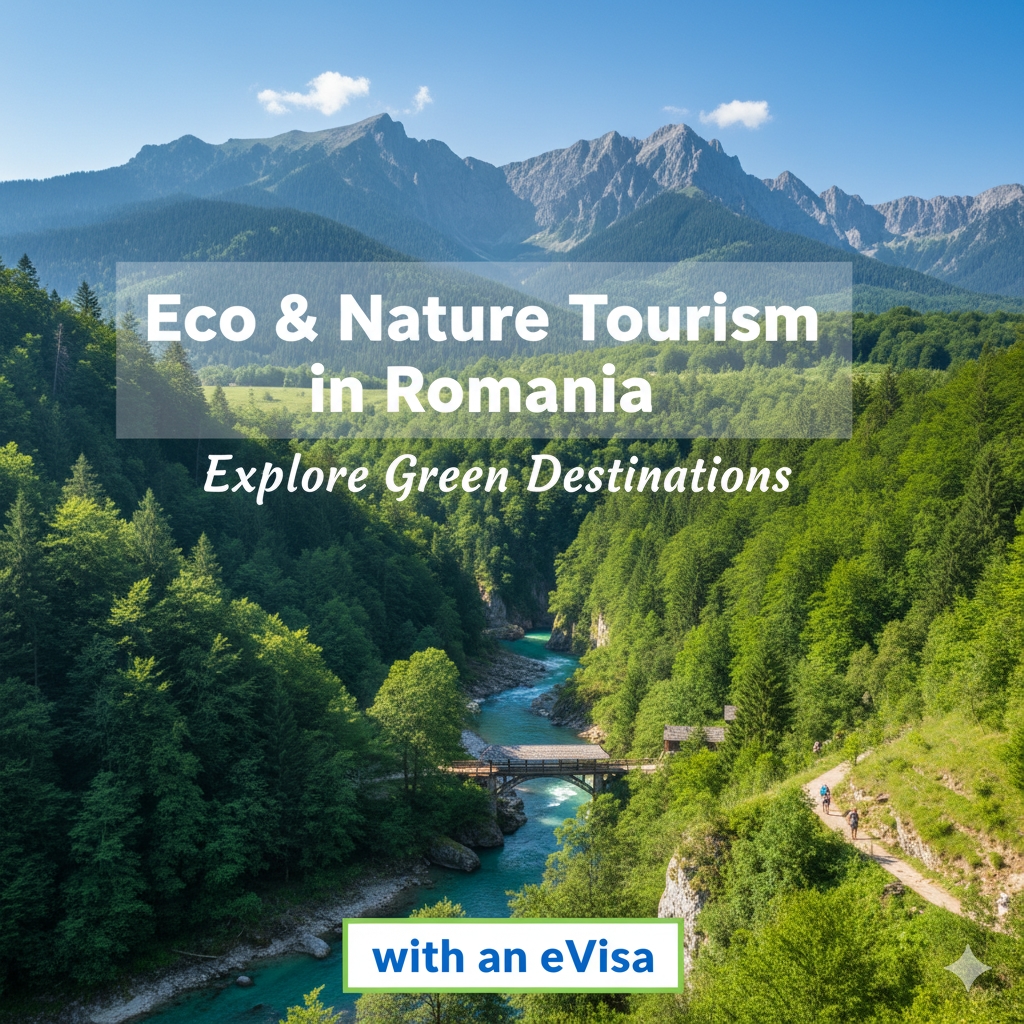
What does “eco-tourism” mean in Romania’s context?
When you think of eco-tourism, you might imagine remote rainforests or untouched islands—but Romania brings its own flavour to the idea. Here’s what it means locally:
Respecting natural landscapes
Romania is home to one of the largest and most biodiverse wild areas in Europe—think ancient beech forests, high-Alpine scenery in the Carpathians, expansive wetlands, and traditional rural landscapes. Eco-tourism here means visiting these areas in ways that minimise impact and preserve their integrity for future generations.
Supporting local communities
A key part of Romania’s eco-tourism ethos is the involvement of local communities. Staying in guesthouses run by local families, using guides who live in nearby villages, eating local produce—these all help ensure the benefits of tourism flow into the local economy.
Authentic, low-impact experiences
Rather than only big luxury resorts, many eco-tourism experiences in Romania are modest—hiking trails, wildlife-watching, staying in small eco-lodges, exploring lesser-known rural areas. The focus is on connecting with nature and supporting conservation, rather than mass tourism.
Conserving biodiversity & culture
The wild Carpathians and the Danube Delta are not only nature gems—they’re also habitats for rare species (like the European brown bear, wolves, lynx, and many bird species). Eco-tourism here means choosing operators and experiences that respect these ecosystems and traditional cultural practices.
So, in short: eco-tourism in Romania is about embracing the wild, the authentic, and the sustainable—rather than simply ticking off tourist sites.
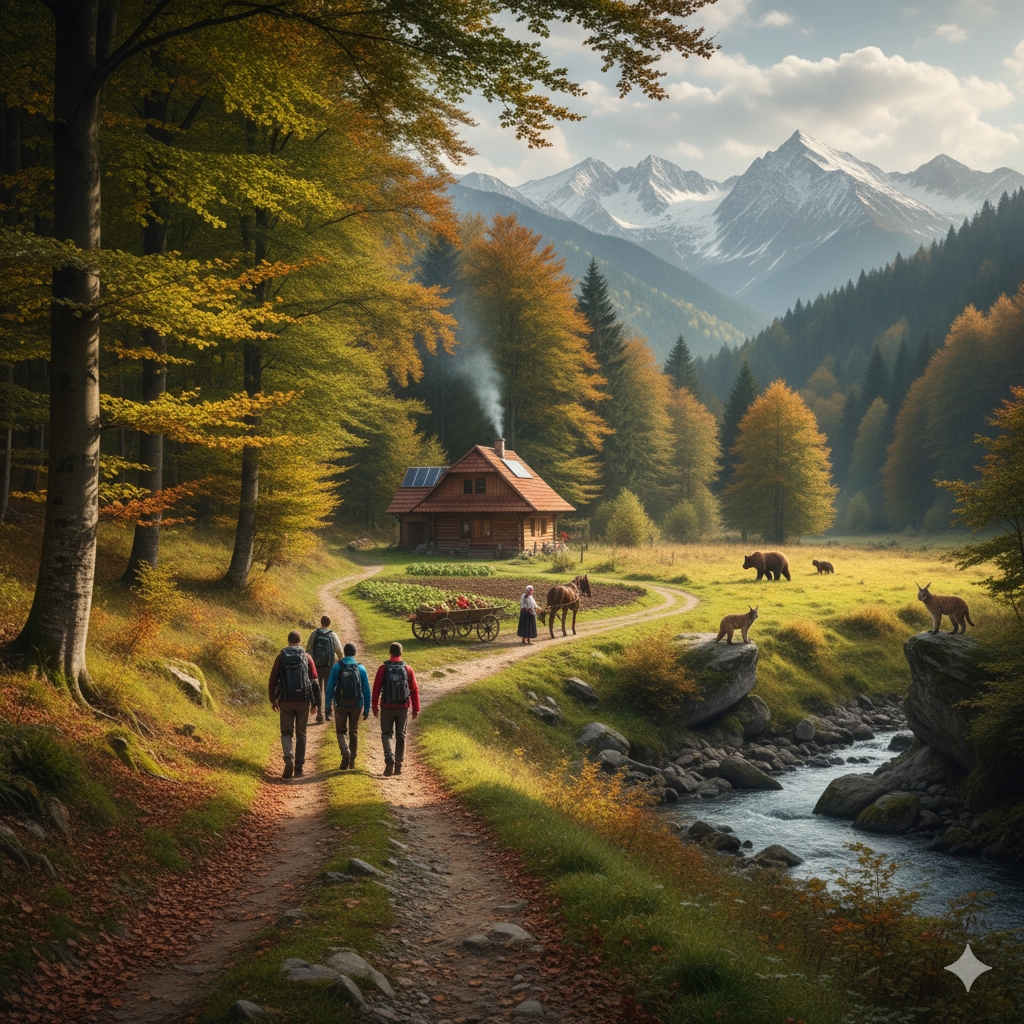
Do I need a visa or e-Visa to visit Romania for nature/eco tourism?
Great question, and one that’s important to clarify before you pack your hiking boots.
Yes—if you are a non-EU/European Economic Area (EEA)/Swiss national, you may need a visa or e-Visa (electronic visa) to enter Romania. According to the official portal, third-country nationals who are required to hold a visa must apply through the online portal for the visa application process.
For eco/nature tourism, if your stay is short (tourist visit), the “short-stay visa” (often designated as Type C) is relevant.
So yes—prepare ahead, apply if you must, and you’ll be free to explore Romania’s green destinations.
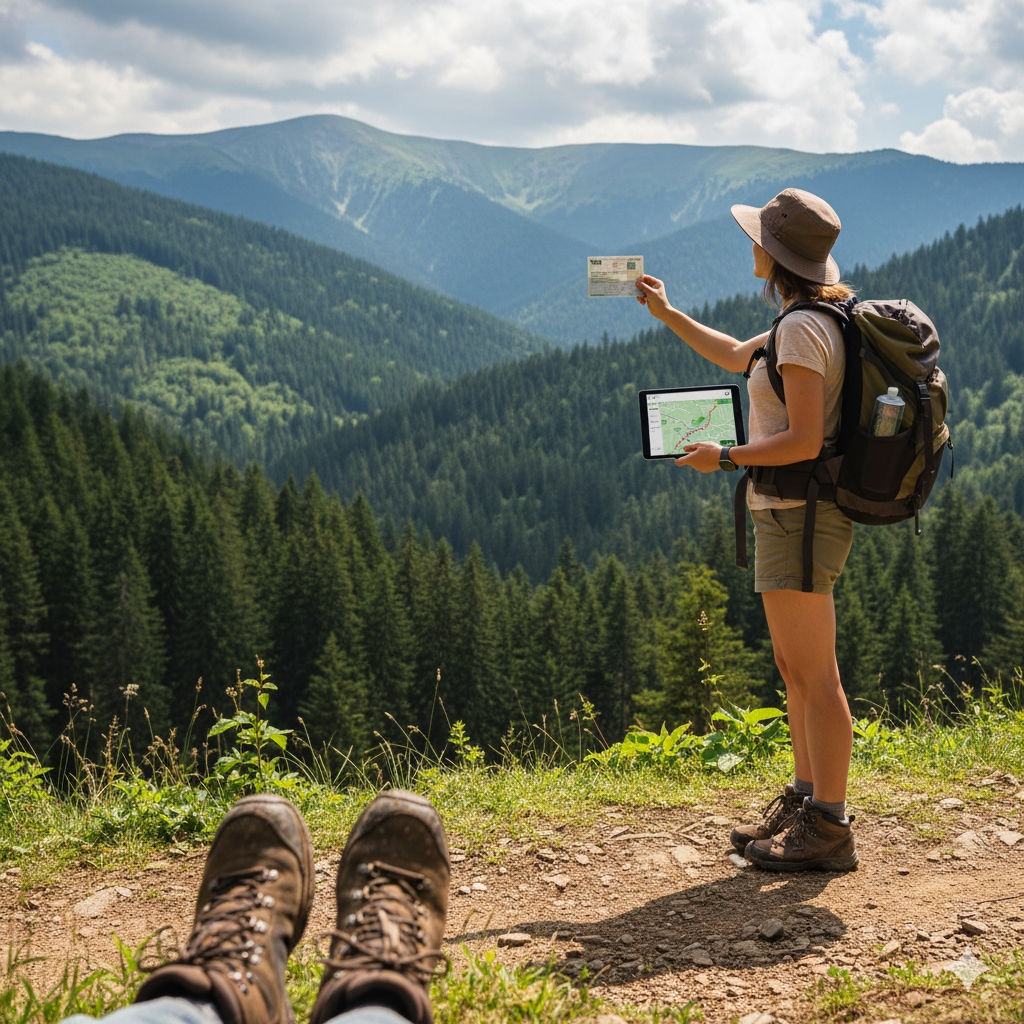
How long can I stay in Romania on a tourist visa or e-Visa?
One of the most important practical considerations when planning your trip is how long you can remain in Romania under a tourist visa or short-stay (e-Visa) arrangement. Here’s how the rules work:
For a short-stay visa (Type C) or the applicable e-Visa equivalent, the stay cannot exceed 90 days in any 180-day period for third-country nationals.
That means you could stay up to 90 consecutive days (or several shorter visits) provided the total time in the last 180 days doesn’t exceed 90.
Important to note: If you’re planning a stay longer than 90 days (and for tourism, eco-tourism etc.), you may need a long-stay visa (Type D) and possibly a residence permit.
For eco-tourism trips of typical durations (say, 1-2 weeks, perhaps up to a month or two), the 90-day allowance is usually more than sufficient.
Practical tip: If you’re planning multiple trips to Romania, track your days carefully so you remain compliant with the 90/180 rule.
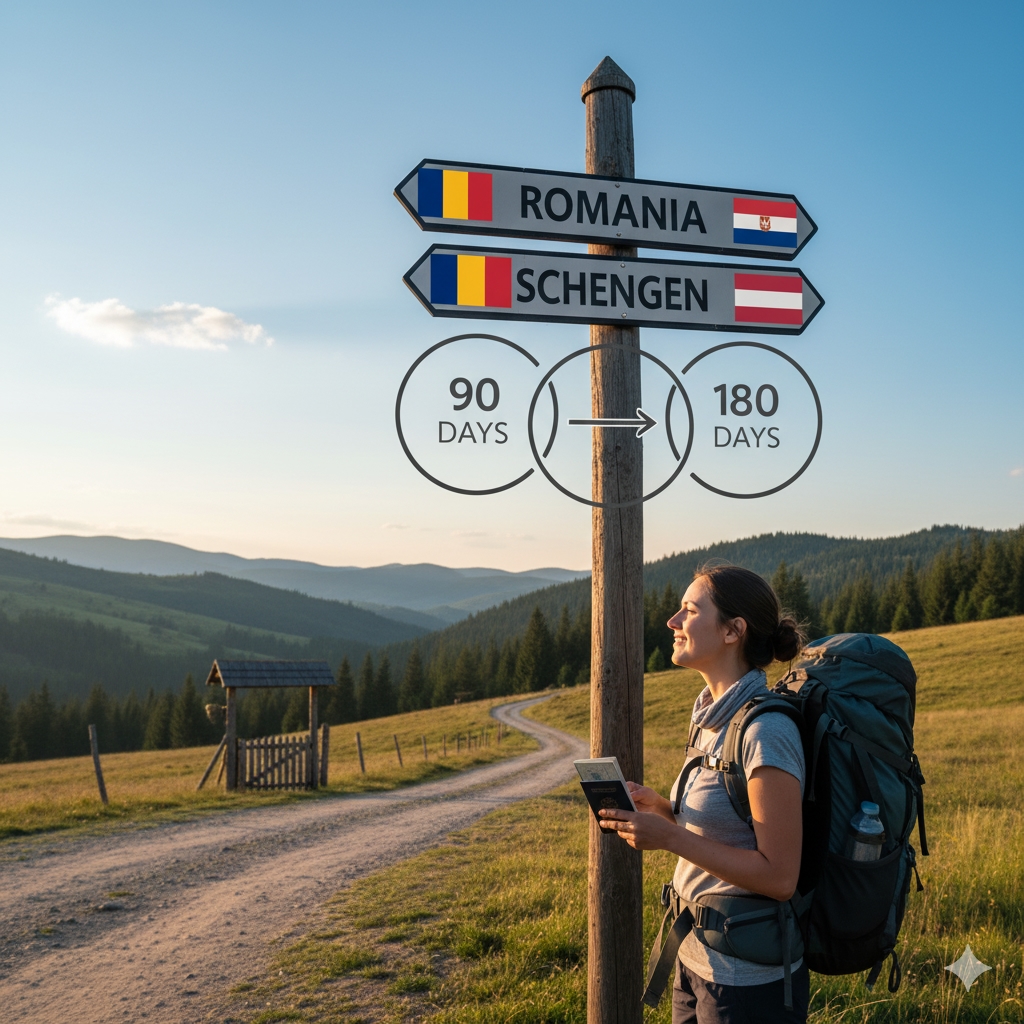
What documents do I need to apply for a Romania tourist e-Visa?
If you do need to apply for Romania Short-Stay Tourist eVisa, here is a typical list of documents and requirements (bear in mind your embassy/consulate may ask for slightly different items—always check).
Commonly required documents
Completed application form via the online portal.
Valid passport (typically must have been issued within the last 10 years, and have at least 3 months validity beyond the planned departure date)
One or more recent passport-sized photos, meeting the specifications of the Romanian authorities.
Proof of accommodation (hotel bookings, guest-house reservation, or invitation letter if staying with private host).
Proof of onward or return travel (flight booking, etc.)
Proof of sufficient funds to cover stay and return (bank statements, etc.)
Travel/medical insurance covering the period of stay (recommended and often required)
Depending on your nationality or circumstances: an invitation letter approved by the General Inspectorate for Immigration – Romania (IGI) may be required if your stay involves visiting a private host.
e-Visa portal specifics
The application is initiated eVisa the online portal. where you’ll fill in the form and upload documents.
After online submission, you may have to attend an interview or submit your biometrics at the Romanian diplomatic mission/consular post.
Additional tips
Make sure your passport has blank pages for any stamps and that the visa application is lodged in the correct jurisdiction (based on your place of residence).
By assembling the full set of documents ahead of time you’ll reduce stress and improve chances of approval.
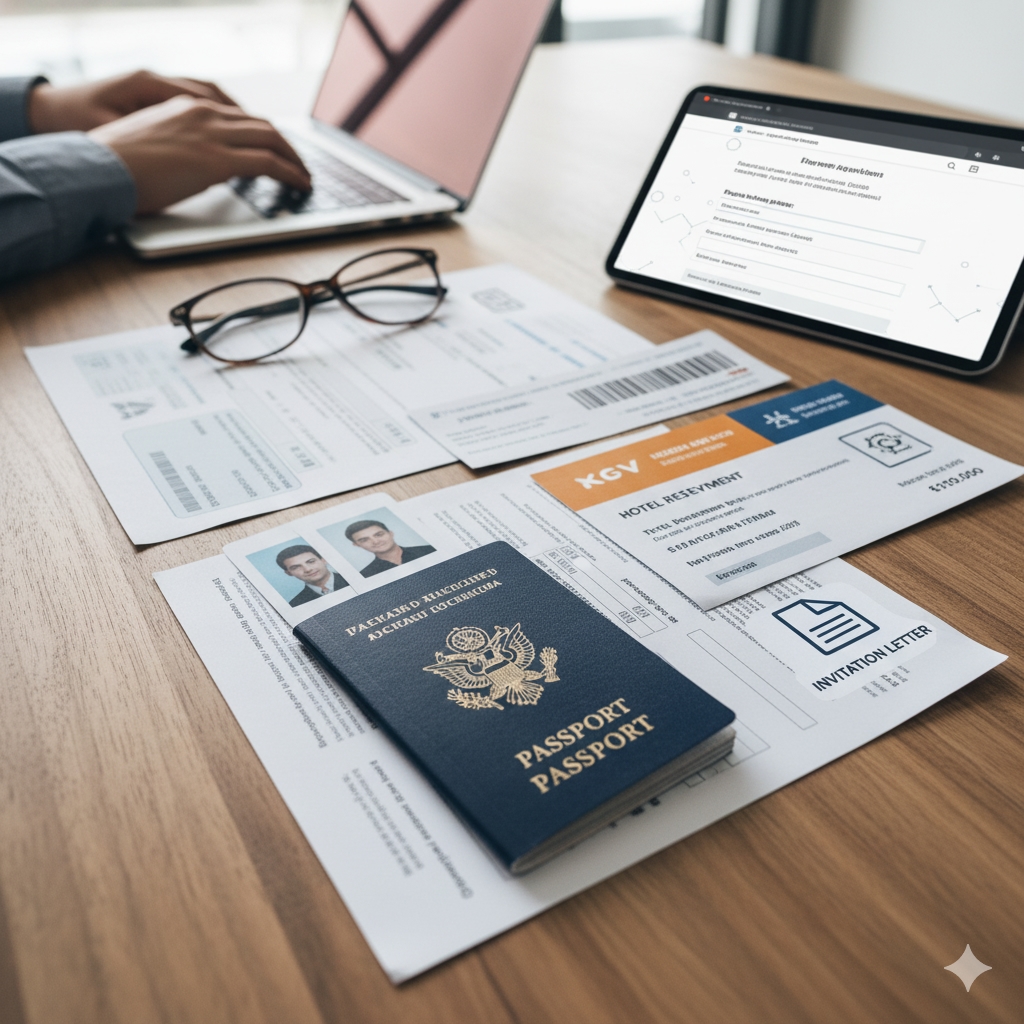
What is the difference between an eVisa and an online visa?
It’s easy to get confused by the terminology, so let’s clarify:
e-Visa (electronic visa)
An eVisa is a visa issued electronically after an online application, without necessarily requiring the traveller to visit an embassy for a visa sticker—or sometimes just a visit for biometrics.
The approval typically comes via email or a portal, and you may print the authorisation and present it at the border (along with your passport).
It’s often quicker and more convenient than a paper visa.
Online visa (or online application for visa)
The phrase online visa can mean either: an application submitted online but the visa still issued as a physical sticker in the passport, or simply that the process is initiated online but still involves an embassy visit or consulate submission.
In other words: the application is online, but the visa may still require a “traditional” step.
For many countries (including Romania), the visa regime is moving toward more digitalised portals, but in many cases there is still an in-person element. For example, the Romanian portal requires an online part and then interview/consular submission.
Why this matters for your eco-tourism trip
If you apply via an eVisa system and it’s fully online, you’ll minimise travel time before the trip and may get quicker turnaround. However, if the “online visa” still requires embassy/consular step, factor in extra time (and maybe travel to the embassy). Always check for your nationality: what does Romania currently offer you.
In short: all eVisas are online (application + issuance digitally), but not all “online visa applications” result in fully digital visas without in-person steps.
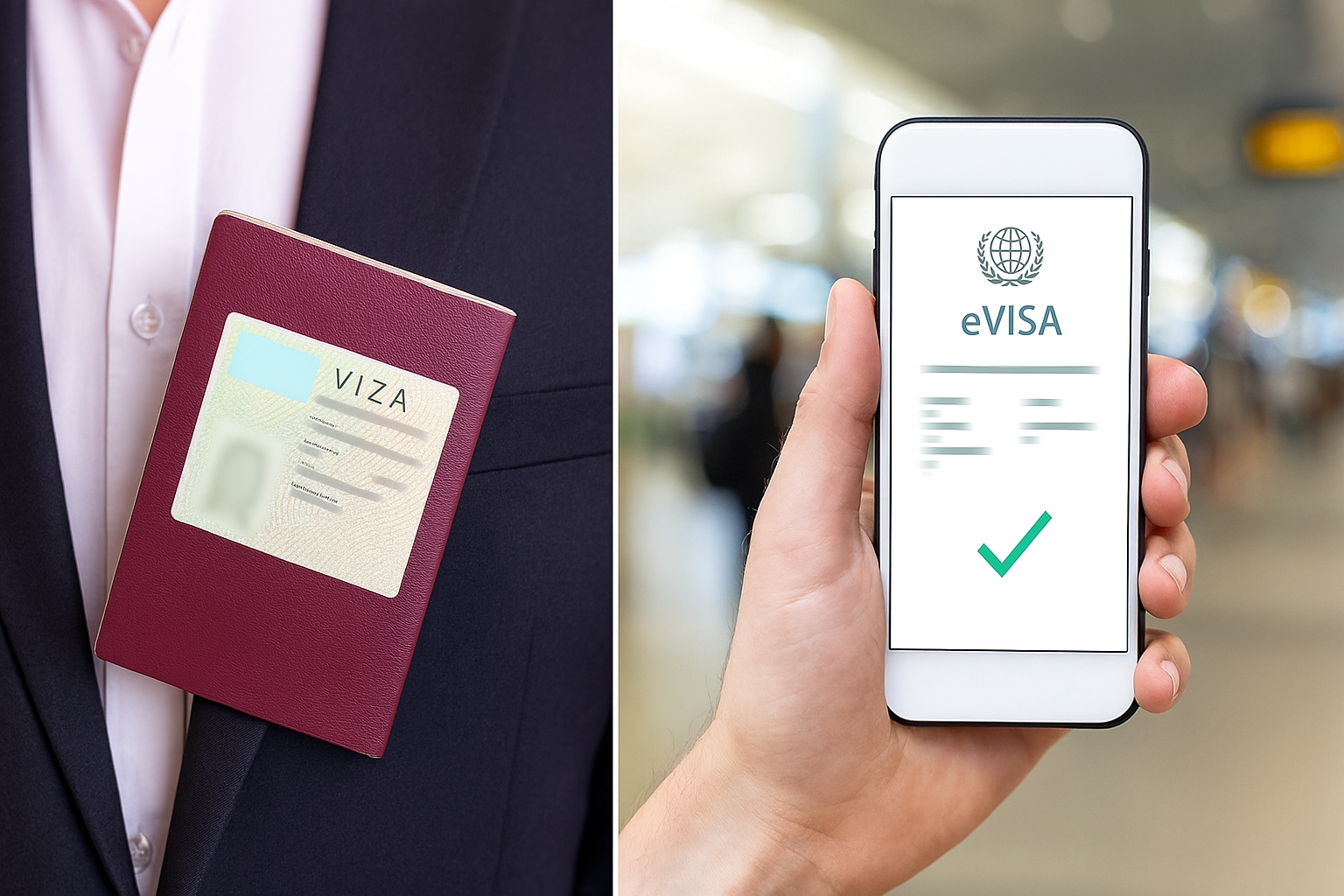
How to apply for a Romania eVisa?
Let’s walk through the steps you should follow to apply for your short-stay tourist visa (Type C) or equivalent eVisa for Romania.
Check if you are eligible: Before you apply, you should make sure that you are eligible for a Romanian eVisa. You can check the list of eligible countries on the portal.
Complete the application form: You can find the application form for the Romanian eVisa on the website. Fill out the form with your personal information, passport details, travel plans, and contact information. Make sure that the information you provide is accurate and complete.
Upload the required documents: You will need to upload a scanned copy of your passport bio page and a recent passport-style photograph. Make sure that the scanned copies are clear and legible.
Pay the visa fee: The Romania eVisa Fees for non-refundable and can be paid using a credit or debit card.
Submit your application: Once you have completed the application form, uploaded the required documents, and paid the visa fee, you can submit your application. You will receive an email confirming that your application has been received.
Wait for processing: Your application will be processed by the Romanian authorities, and you will be notified by email once your eVisa is ready. The processing time for a Romanian eVisa is usually up to 1-6 Working Days.
Print your eVisa: Once you have received your eVisa, you will need to print it out and present it to the immigration officer when you arrive in Romania.
Pro-tips for easy application
Apply at least several weeks in advance—best to allow 4-6 weeks in case of delays.
Use only the official portal and avoid agents that promise “fast” services unless verified.
Make sure your documents (especially photos, travel bookings) comply exactly with specifications.
If your trip is for eco-tourism, mention the nature of stay, accommodation in rural area or eco-lodge—this may assist the visa officer in understanding your purpose.
Keep extra copies of your documentation (digital and printed) so you can present them if asked at border or consulate.
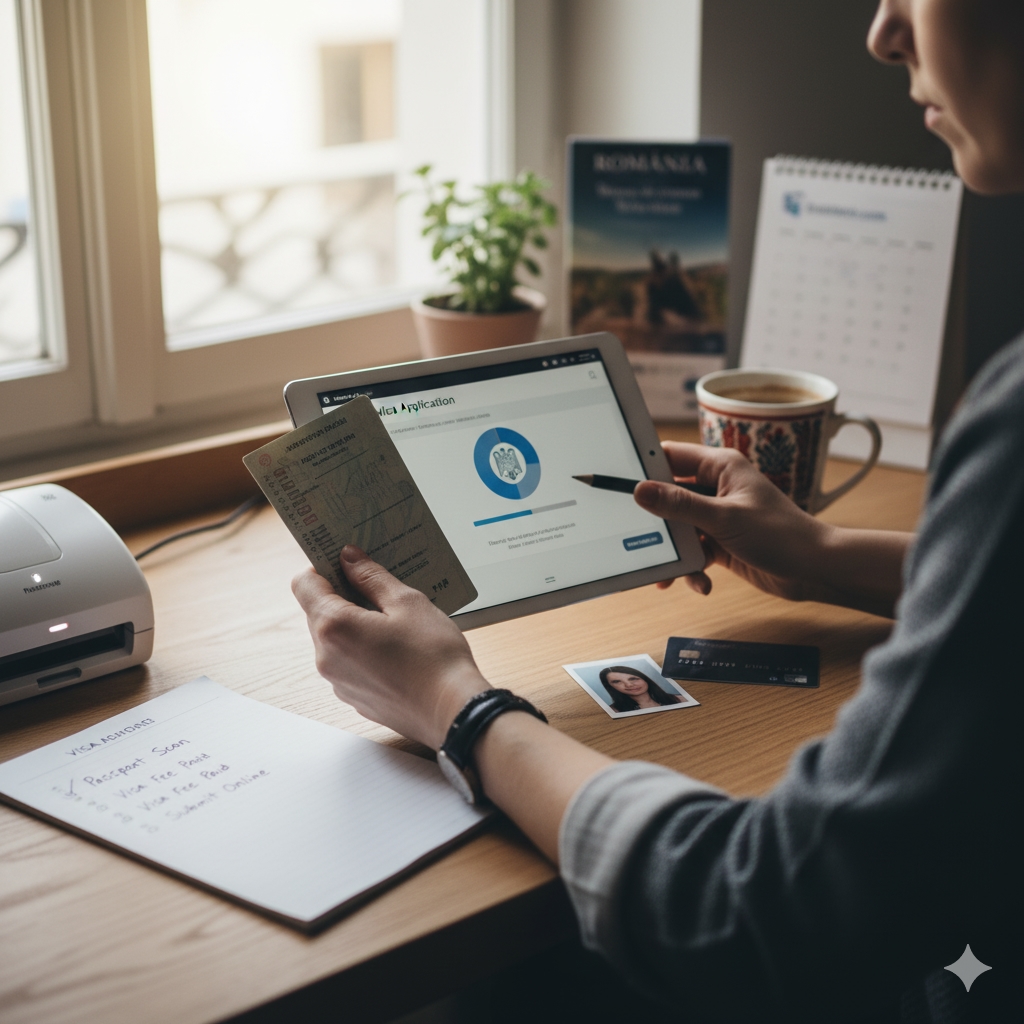
What are the entry requirements (passport validity, insurance, funds) for Romania e-Visa?
When planning your green adventure in Romania, make sure you meet the entry requirements in addition to the visa itself. Here are the key things to check:
Passport validity
Your passport should have been issued no more than 10 years ago and should be valid for at least 3 months beyond the date of departure from Romania/the Schengen area.
If you have a visa sticker, the validity of the visa must fit within the passport’s validity or the stay you intend.
Travel insurance
Although the exact amount may vary depending on your nationality, travel (medical) insurance is strongly advised and often required. One source states: “Yes—travel medical insurance is a strongly advised (and often required) part of your Romanian visa application.”
Key things to verify: Does it cover medical emergencies and repatriation? Is it valid for the full duration of stay and valid in Romania/EU?
Keep a printed copy and digital copy of your insurance certificate when travelling.
Proof of sufficient funds
At border control (and during visa application), you may be asked to demonstrate you have enough financial means to cover your stay and return. For example: bank statements, credit cards, or proof of prepaid accommodation.
Also ensure you have return flight/ onward booking as part of your proof of means and purpose.
Purpose and length of stay
You should be able to show your purpose (tourism, nature/eco-tourism) and likely itinerary/accommodation. At the border, authorities may ask you to justify your stay.
Ensure you do not overstay—stay must comply with the 90/180 rule for short-stay visas.
Entry conditions at the border
Upon arrival, the border officer can ask for supporting documents (insurance, funds, accommodation proof, exit tickets). Officials may refuse entry if requirements aren’t fully met.
Keep all documents handy.
By arriving well-prepared, you’ll give yourself the best chance of a smooth and enjoyable eco-tourism trip to Romania.
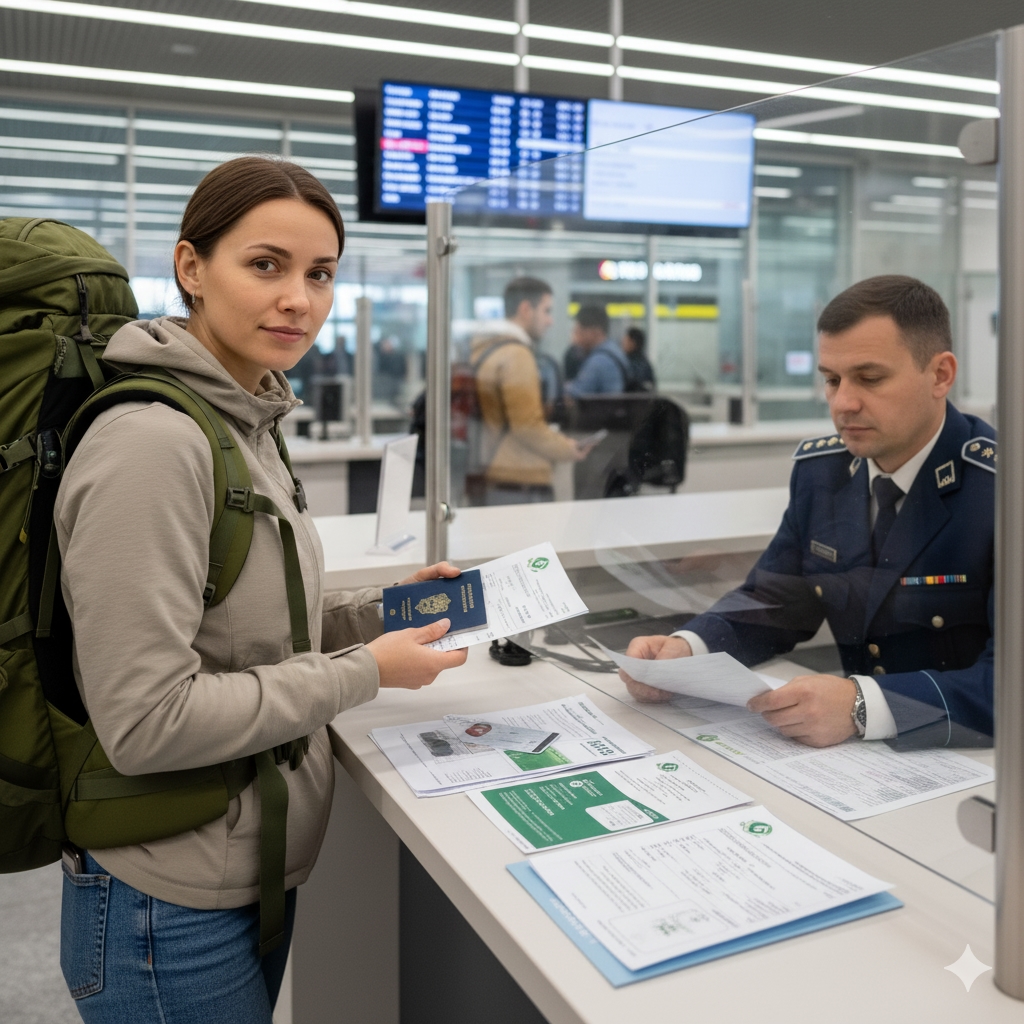
What’s the best time of year to visit Romania for eco/nature tourism?
Timing matters—both for weather and for the type of nature experience you want. Here's a breakdown of seasons and what they offer for green travellers.
Spring (April to June)
Wildflowers, budding forests, and rivers full from snowmelt make this a vibrant time.
Animal activity picks up—ideal for bird watching, frog/rainforest transitions, and visiting wetlands like the Danube Delta.
Fewer crowds compared to high summer.
Weather can be variable (cooler evenings especially in mountains).
Summer (July to August)
Full warmth, long daylight hours, ideal for hiking in mountain areas like the Carpathian Mountains (Făgăraș, Retezat, Piatra Craiului).
High alpine pastures are lush.
Some eco-lodges and mountain refuges may be full—book early.
Also more tourist activity; for nature solitude you may need to venture off the beaten path.
Early Autumn (September to October)
Stunning foliage in forests—ideal for scenic photography and mellow hiking.
Wildlife is more active (pre-winter preparations).
Cooler temperatures, but still good hiking weather.
Fewer crowds, and prices for lodging may drop. This is a favourite for “green” travellers who appreciate quiet nature escapes.
Late Autumn to Winter (November to March)
Winter transforms landscapes: snow-covered mountains, frozen lakes, a totally different vibe.
Good for snow-activities (if you like them) but fewer eco-tourism services and some remote lodges may close or reduce amenities.
Some rural routes may be inaccessible due to snow/ice—check local conditions.
My suggestion
For a well-rounded eco-tourism trip, late spring to early autumn (May to October) is probably the best. If you prefer fewer crowds and dramatic nature, aim for September when the foliage is vibrant and the tourist rush has eased.
Pack accordingly: even in summer, mountain evenings can be cool; in spring prepare for variable weather; in autumn, bring layers.
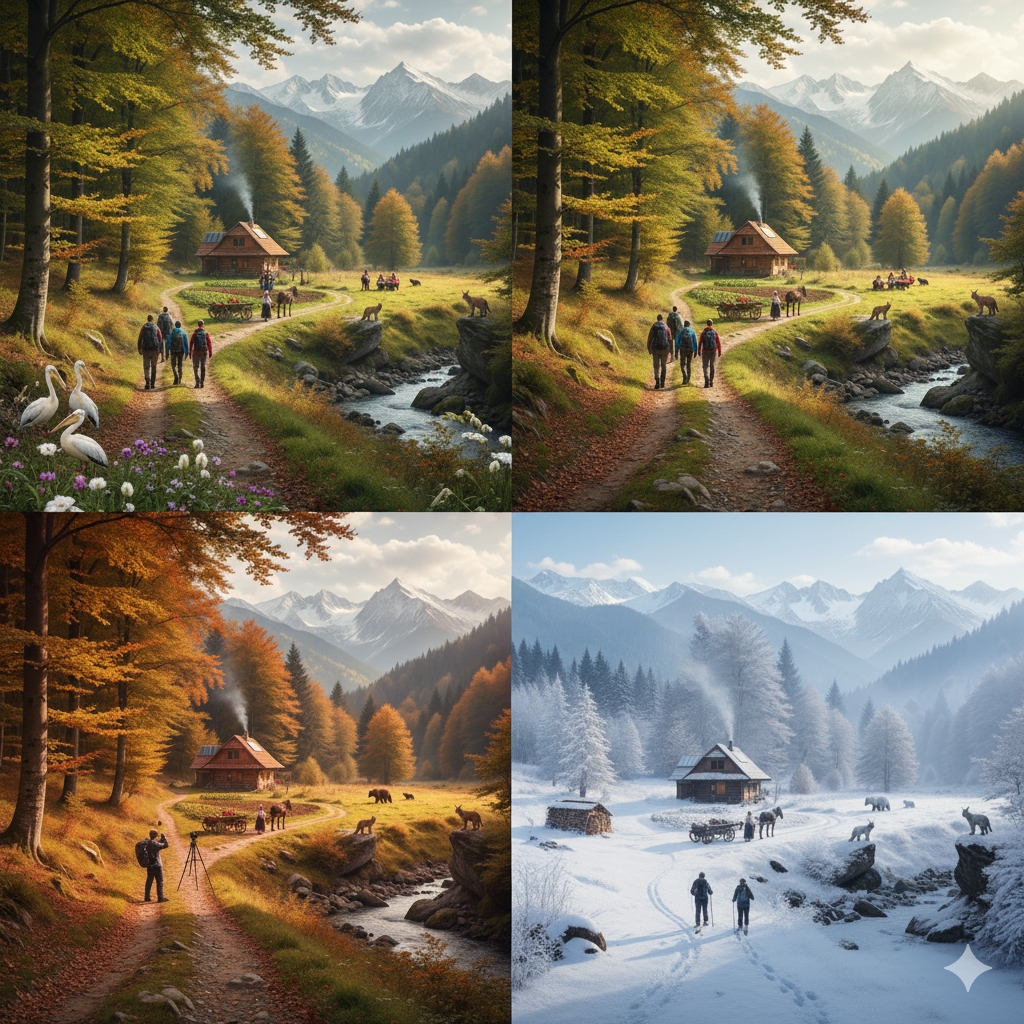
Can I extend my stay in Romania if I have an e-Visa?
Here’s where the rules get a bit tricky, and you should be aware of them before assuming you can just stay “a bit longer”.
Short-stay visa (Type C) / e-Visa for tourism
In general, no, the stay under a short-stay visa cannot be extended under normal circumstances.
It is theoretically possible to extend in exceptional cases (for objective or humanitarian grounds) but this is not the norm.
Also the 90 days in 180 days rule still applies.
Planning for a longer stay
If you suspect you’ll want to stay longer than the short-stay allows—or have a more prolonged eco-tourism project or volunteering stint—you’ll need the long-stay visa (Type D) or a residence permit.
My advice
If you’re planning an eco-tourism holiday of, say, a month or two, the short-stay visa will likely suffice. But if you hope to stay, say, three months or more (or live part of the year there) you’ll want to check with the Romanian immigration authorities before booking.
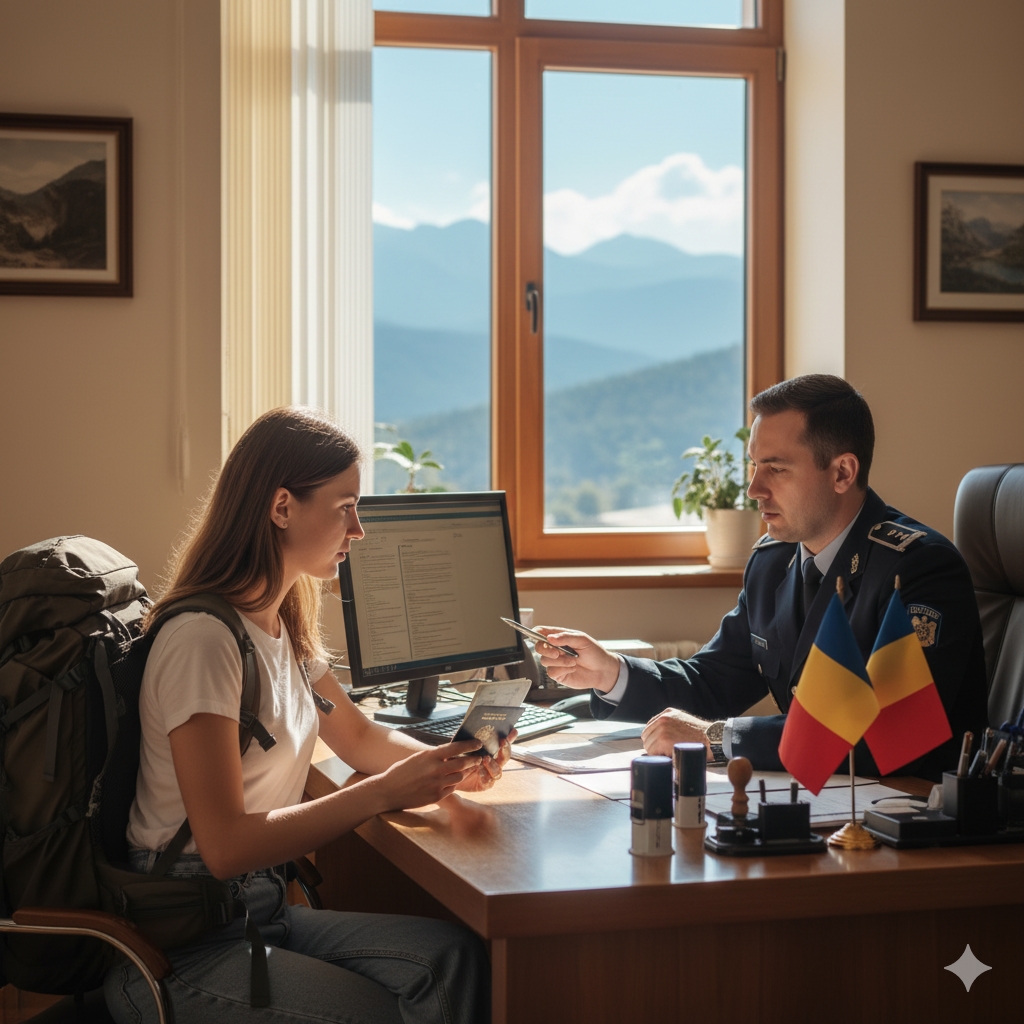
What to do if my Romania e-Visa application is rejected?
Although it’s rare if everything is in order, visa applications can be rejected. Here’s how you should proceed:
Understand the reason for rejection
The consulate/embassy typically gives a reason. It could range from incomplete documentation, insufficient funds, questionable intent/purpose, or failure to meet conditions.
Review carefully what was missing or where you fell short.
Re-apply with stronger documentation
Fix the identified weaknesses (stronger evidence of funds, clearer travel itinerary, invitation letter if required, better accommodation proof).
When re-applying, mention that this is a second application and highlight improvements.
Avoid repeated hasty applications
Multiple rejections can affect your credibility. Make sure you submit a well-prepared application.
Some travellers have reported delays or ambiguity in applicant status:
“I applied for a evisa to Romania, on the 30th of September, yet there’s no response yet …”
Though not a formal rejection, this kind of delay signals you need to follow up.
In case of refusal at border entry
If you’ve secured a visa/e-Visa but then are refused at border on arrival, ask for a written statement of refusal—this can help in future applications.
Ensure you maintain travel insurance that covers issues like this (some policies protect you if visa is refused).
When travelling for eco-tourism
Emphasise your nature itinerary, accommodation in eco-friendly lodges, return flight tickets, backup funds.
Showing you’re genuinely here for green travel rather than something ambiguous can help.
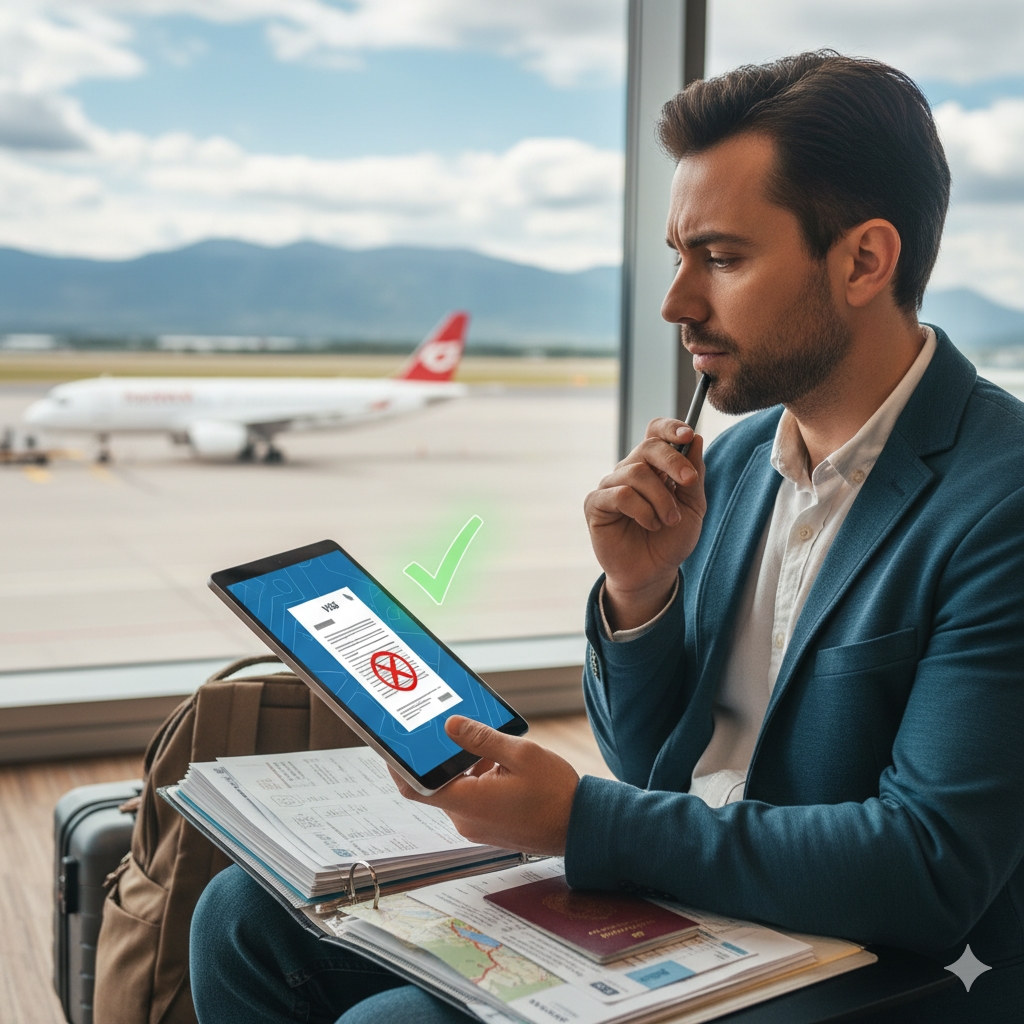
Do I need health insurance for travel on a Romania e-Visa?
Yes—health/travel insurance is strongly recommended and often required for Romania short-stay tourist visas (and thus any e-Visa equivalent you may apply for). To summarise:
Many visa-guides note: “travel medical insurance is a strongly advised (and often required) part of your Romanian visa application.”
For entry into Romania, you must be able to show you have sufficient means of subsistence “both for the duration of the intended stay and for the return to their country of origin or transit to a third country into which they are certain to be admitted” — this includes covering medical emergencies.
So even if not every nationality’s embassy states it explicitly, from a risk-perspective: buy travel insurance that covers emergencies, evacuation, and hospitalization in Romania/EU.
Practical considerations
Ensure the insurance is valid in Romania (and ideally the EU region if you’ll travel beyond Romania).
It should cover the full duration of your stay.
Keep a printed copy of the certificate in your carry-on: border officers may ask for proof.
Consider travel insurance that also covers cancellation, visa refusal, and other contingencies especially if you are planning eco-tourism in remote areas.
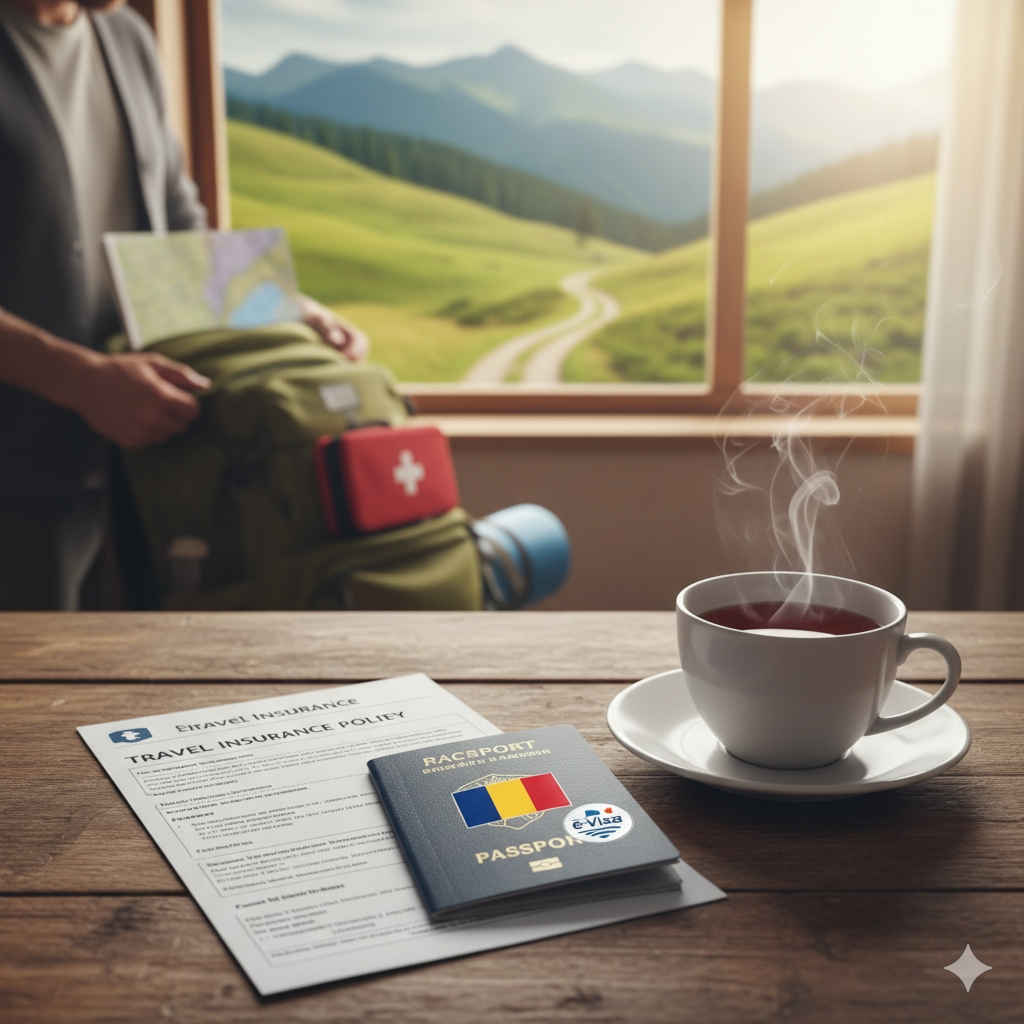
How do the local communities benefit from eco-tourism in Romania?
One of the most rewarding parts of an eco-tourism trip is knowing that your travel has a positive impact—especially on local communities. Here’s how that works in Romania:
Economic benefits for rural areas
Many eco-tourism lodges and guesthouses are run by local families or village cooperatives. When you stay with them, you bring direct income into that community.
Tour guides, local transport, traditional crafts and food, are all supported by tourist demand.
Cultural preservation
Eco-tourism encourages the sustaining of traditional practices (wood-carving, shepherding, rural festivals) because visitors find that authenticity appealing.
Local heritage becomes a valuable asset rather than being abandoned.
Conservation and sustainable livelihoods
Communities living near nature reserves/wild areas often benefit from conservation jobs: guiding wildlife tours, monitoring habitats, working in eco-lodges.
Empowering local people to protect nature means fewer pressures to degrade the environment (like illegal logging or over-hunting).
Community-tourist connection
As a visitor, you often get a richer experience: staying in a village, eating local produce, learning traditional ways, hiking with a local guide who knows the land intimately.
That human connection often makes the trip more meaningful.
My suggestion
When planning your eco-tourism trip in Romania:
Choose accommodation in villages or small eco-lodges rather than big hotels.
Ask about the guide: are they local?
Buy locally-produced food, crafts, support the economy you’re visiting.
Respect local customs, nature rules, and leave minimal footprint.
By doing so, you enjoy nature and contribute positively.
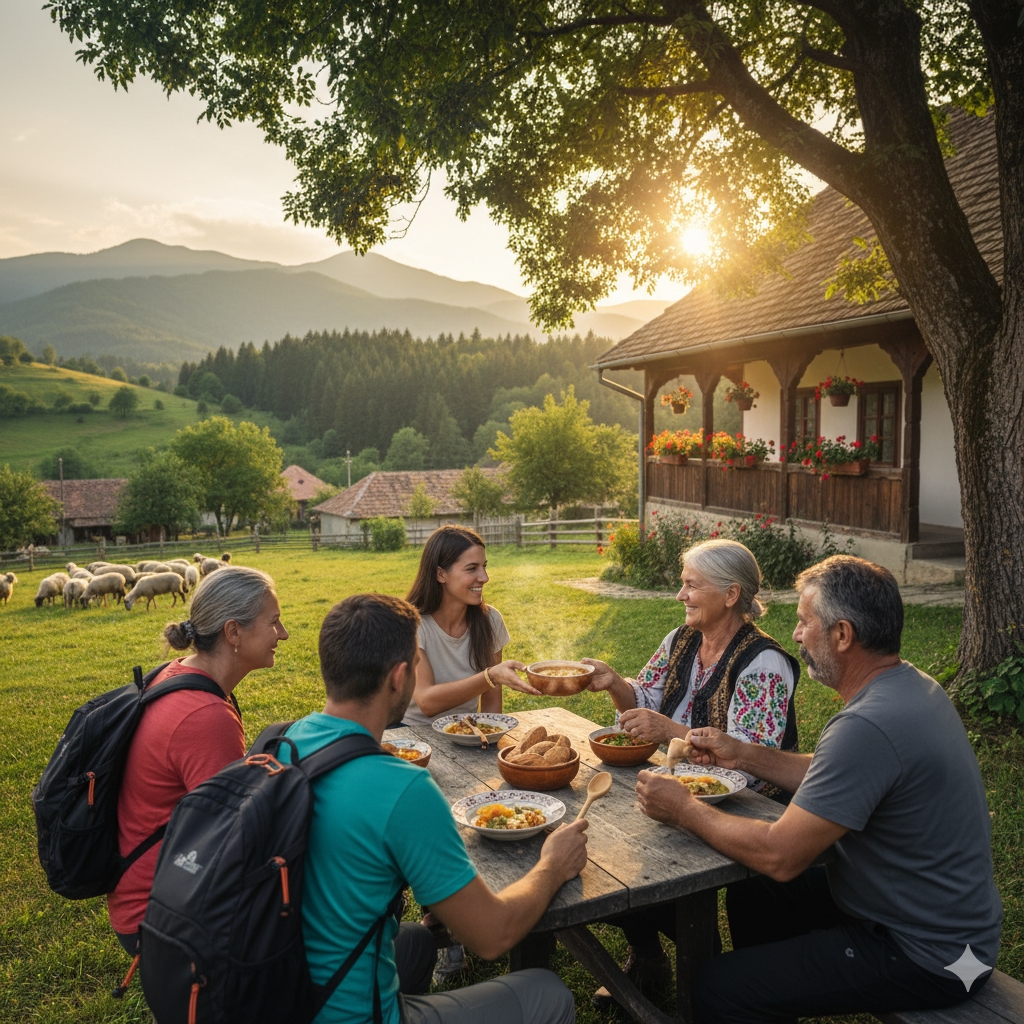
Travel Tips for Eco & Nature Tourism in Romania
Here are some handy tips to make your eco-tourism trip in Romania smoother and more enjoyable:
Learn some basic Romanian phrases – Even “hello” (Bună) and “thank you” (Mulţumesc) go a long way in rural areas.
Pack layers and appropriate footwear – Nature walks can go from sunny meadow to shady forest to mountain ridge.
Stay off the beaten path – Romania has many less-visited natural areas (the more remote, the more authentic).
Respect wildlife and nature – Stay on marked trails, don’t disturb animals, leave no trace.
Support local lodgings and guides – Ask about the eco-credentials of your lodging (energy use, waste) and choose guides from the local region.
Bring a refillable water bottle – Some mountain huts or eco-lodges allow refilling, reducing plastic waste.
Check seasonal conditions – If you’re trekking in the Carpathians or staying in remote wetlands, check weather, local transport, road conditions.
Carry some local currency – While major towns accept cards, rural guesthouses may prefer cash (Leu, RON).
Respect the 90/180 rule – Make sure your stay is compliant with visa/entry rules to avoid issues at border.
Have backup plans – In rural eco-tourism, things like transport or lodging can change—plan flexibility, but also hold confirmed bookings when possible.
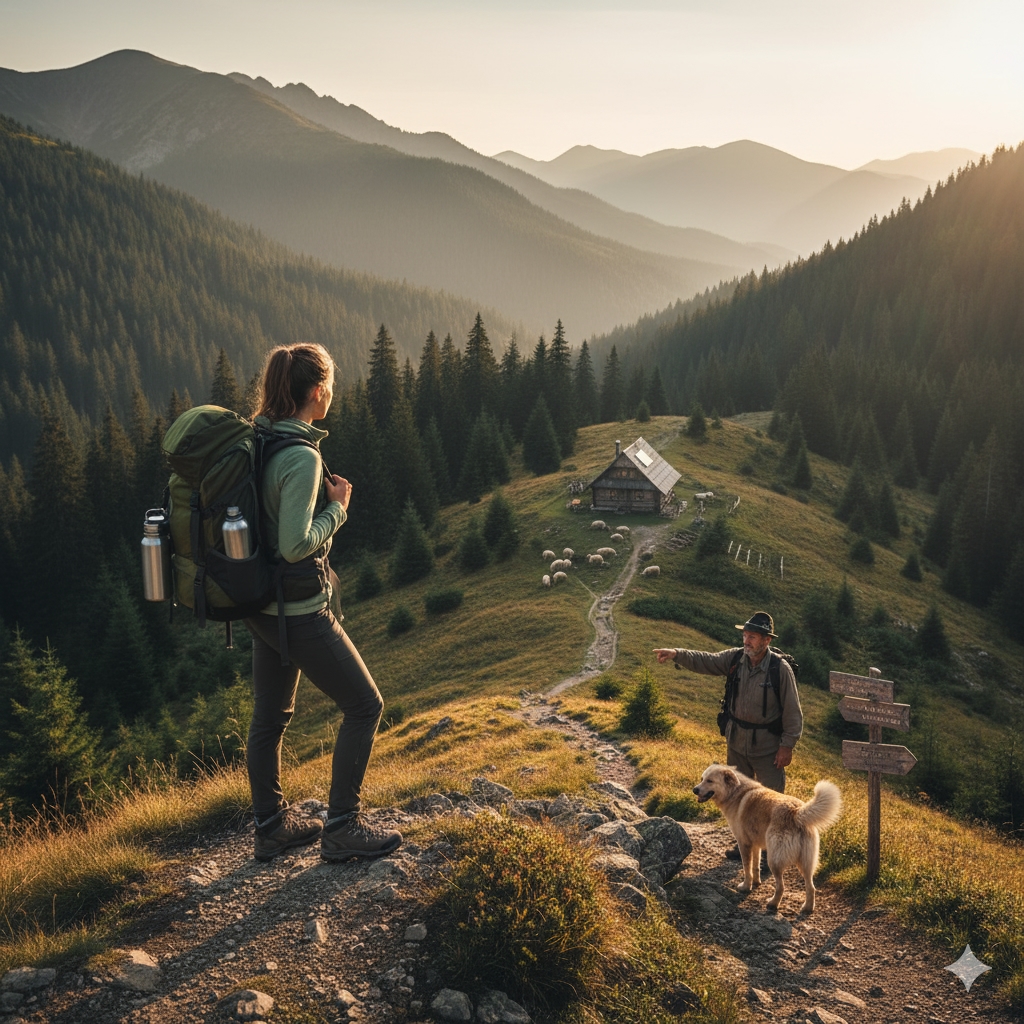
Romania e-Visa FAQs
Here are some quick-fire frequently-asked-questions about the e-Visa and tourism for Romania:
Q: What is the typical fee for a short stay (Tourist) visa?
A: According to the Romanian immigration site, the fee for a short-stay visa is around 60 EUR (or equivalent) in many cases.
Q: Can I enter Romania with a Schengen visa issued by a different country?
A: Yes—if you hold a valid Schengen uniform visa (with 2 or more entries) or a residence permit from a Schengen state, you may be exempt from needing a Romanian visa for stays up to 90 days in 180 days.
Q: Does the 90 days stay start from entry or issuance of visa?
A: It starts from the day you enter Romania (or the Schengen area if applicable) and is calculated as up to 90 days in any preceding 180-day period.
Q: What happens if I overstay my visa/90-day limit?
A: Overstaying can result in being refused entry next time, fines, or removal from the territory. It’s strongly recommended to respect the limit.
Q: Can I apply for an e-Visa while travelling (i.e., already in another country)?
A: For the online part you can apply from anywhere, but the embassy/consulate where you are legally residing will have jurisdiction for the in-person interview/biometrics step.
Q: If I want to stay for more than 90 days (say 4 months) for eco-tourism/volunteering, what should I do?
A: You’d likely need a long-stay visa (Type D) plus residence permit. For most tourist-eco stays, plan to stay within the 90 days.
